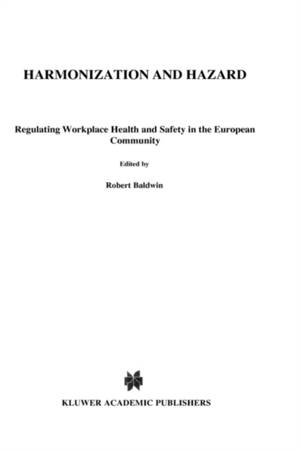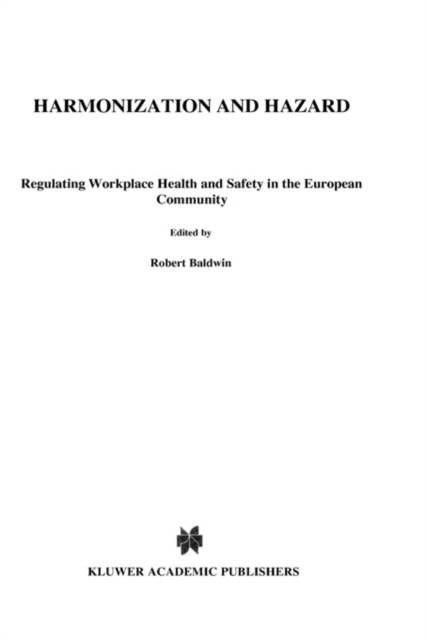
- Retrait gratuit dans votre magasin Club
- 7.000.000 titres dans notre catalogue
- Payer en toute sécurité
- Toujours un magasin près de chez vous
- Retrait gratuit dans votre magasin Club
- 7.000.0000 titres dans notre catalogue
- Payer en toute sécurité
- Toujours un magasin près de chez vous
Description
EC health and safety regulation involves two different but related kinds of tension. First, between desires for even-handed and for effective regulation and, second, between aims to improve controls over working conditions and desires to reduce legal constraints. This book centres on the first tension and explores how the concern of Article 118A EEC Treaty for both evenness and effectiveness can be resolved and realized in practice. The book has four objectives. First, to describe the background to and progress made on Community legislation in this field. Second, to examine the legislative approach adopted and to place this in the context of other potential strategies for harmonization in Europe. Third, to describe the regimes for regulation health and safety at work that operate in a number of `sample' Member States, (throwing light on such variations of approach as may affect either the evenness or effectiviness with which such measures are enforced on the ground.) Finally, to draw conclusions: on how Community legislators can respond to disparities in domestic regulatory and legal structures; on the feasibility of securing even-handed and effective regulation across Europe; on possible ways to evaluate the rigour with which regulation is applied in different Member States: and on the potential for harmonizing of different approaches to European legislation. The work addresses the growth of Community interest in, and action on, health and safety matters, discusses the different legislative strategies that are to be encountered in the Community, and describes the regimes for regulating health and safety at work that are encountered in France, Germany, Italy, the Netherlands, Spain and the United Kingdom. It is largely based on studies by a team of academics working under the auspices of the Institute of Advanced Legal Studies of the University of London and funded by the United Kingdom Health and Safety Executive (HSE).
Spécifications
Parties prenantes
- Auteur(s) :
- Editeur:
Contenu
- Nombre de pages :
- 304
- Langue:
- Anglais
- Collection :
Caractéristiques
- EAN:
- 9781853337239
- Date de parution :
- 04-08-92
- Format:
- Livre relié
- Format numérique:
- Genaaid
- Dimensions :
- 156 mm x 234 mm
- Poids :
- 598 g

Les avis
Nous publions uniquement les avis qui respectent les conditions requises. Consultez nos conditions pour les avis.






